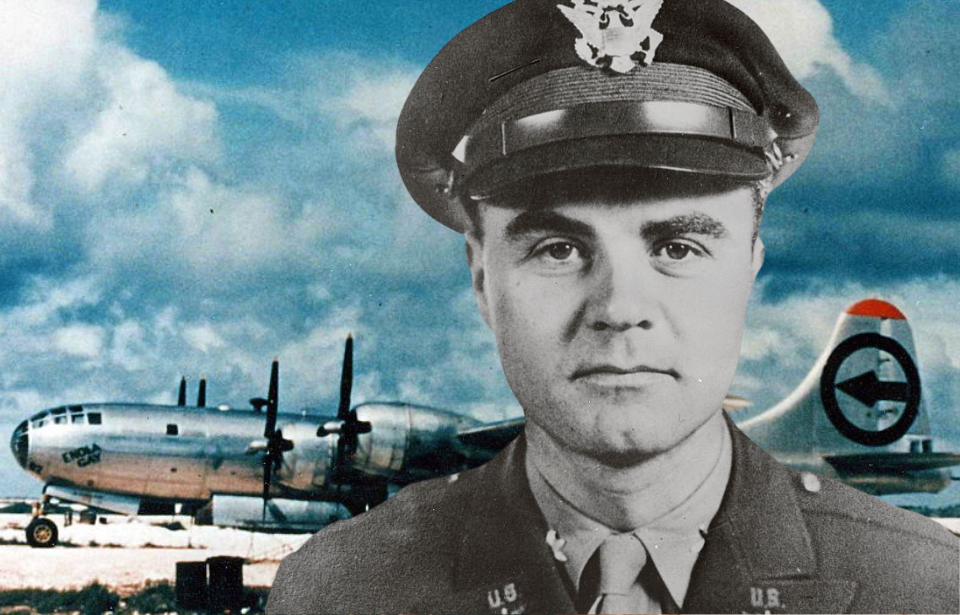Brigadier General Paul Tibbets, despite becoming a household name for piloting the Enola Gay during the atomic bombing of Hiroshima, made a very deliberate decision to avoid having a funeral or headstone when he died in 2007. Many wonder why someone with a notable military history would make that choice.
Paul Tibbets enlists with the US Army Air Corps
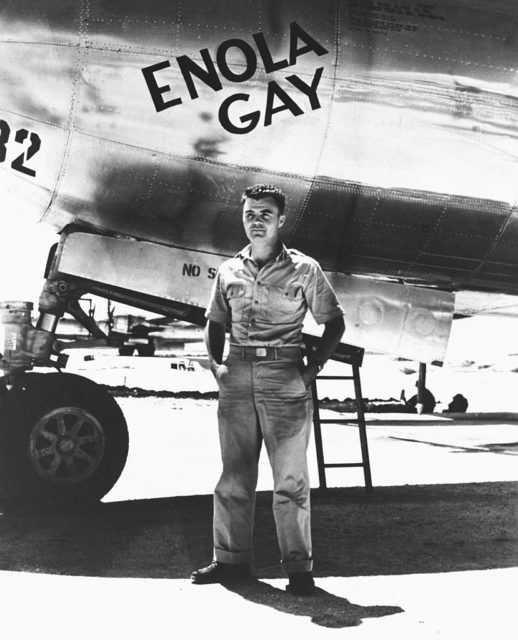
Paul Tibbets was an abdominal surgeon before joining the U.S. Army Air Corps (USAAC). He originally signed up for a three-year commitment and earned his pilot wings in 1938. When World War II started, he decided to stay on active duty. While he’s best known for his role in the Pacific Theater, Tibbets actually flew bombing missions over North Africa and France first. He also served as General George Patton’s personal pilot from 1940 to 1941.
Paul Tibbets was a test pilot for the Boeing B-29 Superfortress
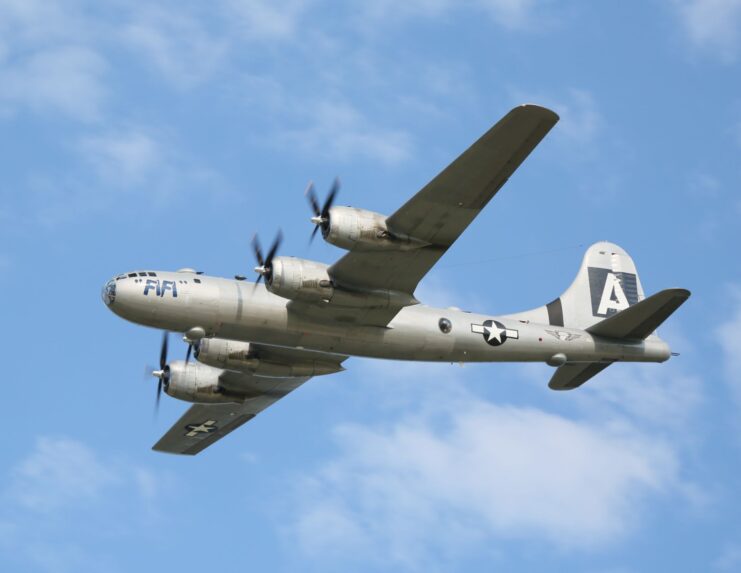
In the autumn of 1943, Paul Tibbets was called back to be a test pilot during the development of the Boeing B-29 Superfortress. He discovered that, by removing armor plating and armaments, the bomber became 7,000 pounds lighter and performed better. After a year, he was assigned to retrain other pilots in the 17th Bombardment Operational Training Wing (Very Heavy).
In 1944, Tibbets was appointed to lead the 509th Composite Group, which was tasked with the training and deployment of atomic bombs from B-29s.
Bombing of Hiroshima
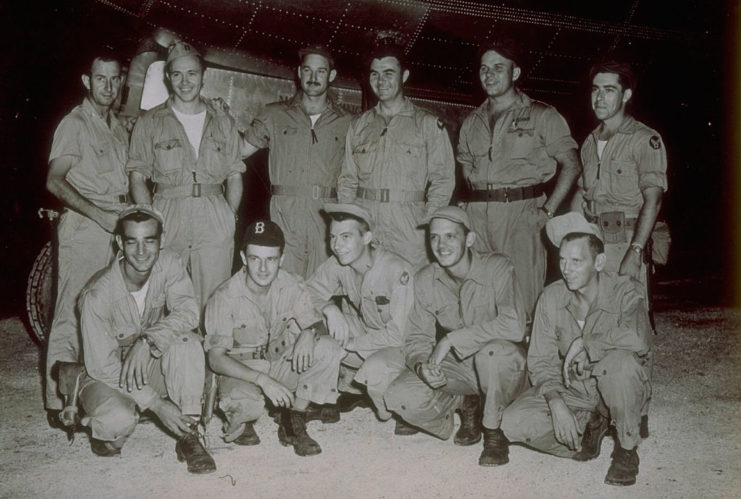
In May 1945, Paul Tibbets and his crew relocated to Tinian, conducting routine bombing missions over Japanese-occupied islands while also training with atomic bomb prototypes.
When the 509th group received authorization to target Japan, Tibbets took command of the bomber chosen to deliver Little Boy, the atomic bomb dropped on Hiroshima. He named the aircraft Enola Gay, in honor of his mother.
Dropping Little Boy
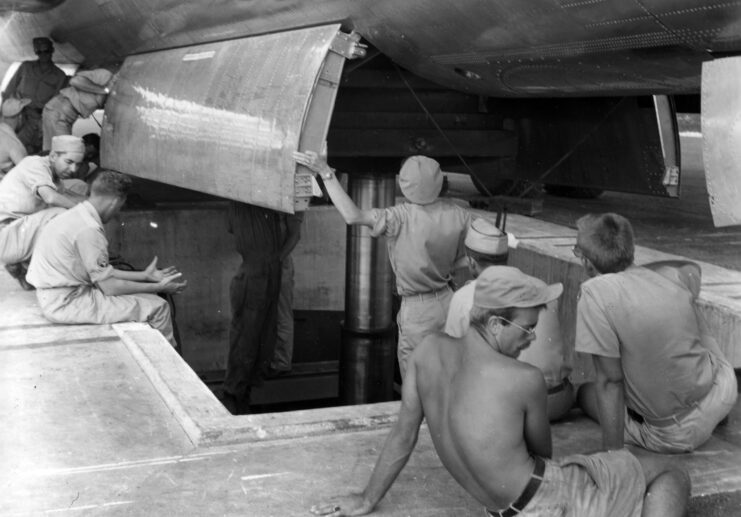
On August 6, 1945, Paul Tibbets and his crew, accompanied by two observation planes, carried out the mission to drop the atomic bomb known as Little Boy on Hiroshima. Tibbets later described how quickly a huge mushroom cloud rose over the city after the blast.
While some members of his crew were involved in the second mission over Nagasaki, Tibbets did not take part in that operation. He is remembered as the first person in history to drop an atomic bomb on an enemy city.
Paul Tibbets returns home as a war hero
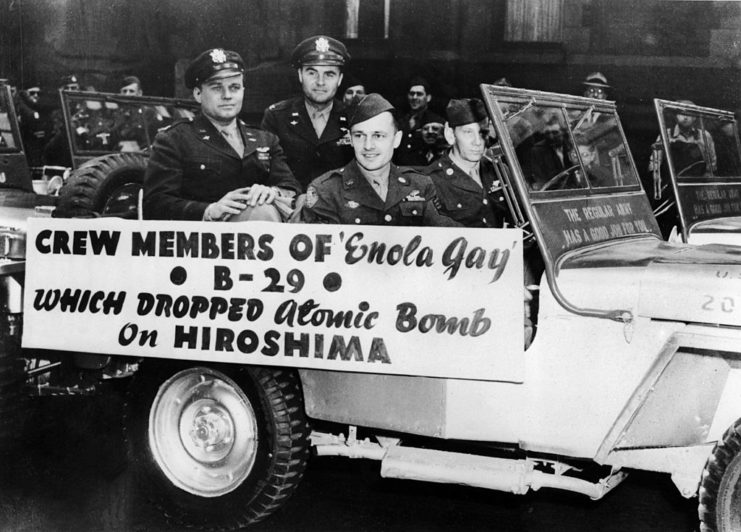
Paul Tibbets was a prominent figure in World War II, earning the Distinguished Service Cross for his contributions. His accomplishments were further acknowledged by President Harry Truman, who invited him to the White House to honor his achievements.
In 1976, Tibbets participated in a re-enactment of the Hiroshima bombing at an airshow in Harlingen, Texas, which sparked criticism from Japan. He clarified that it “was not intended to insult anybody,” prompting an apology from the U.S. government.
Although ethical debates surrounding the use of atomic bombs continue, Tibbets held firm in his belief that the action was necessary. While he wasn’t proud of the lives lost, he believed it helped to bring an end to the conflict. These beliefs against nuclear weapons and warfare influenced his decision for his final resting place.
Paul Tibbets’ final resting place
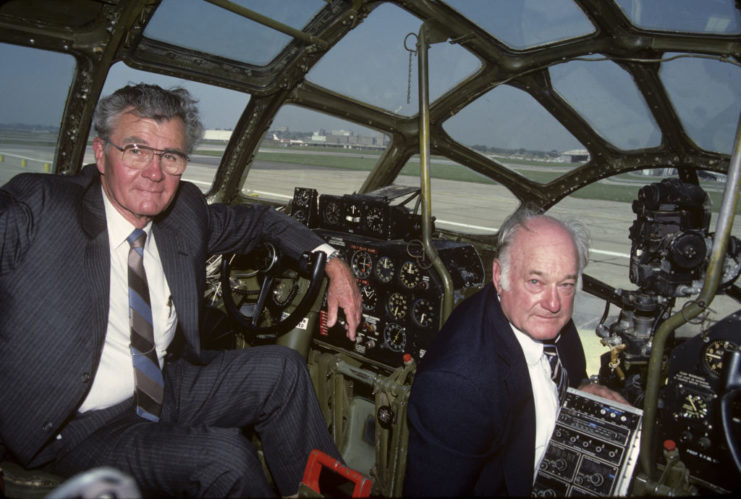
In the months before his passing, Paul Tibbets’ health declined. During this time, he made it clear that he did not want a grave or a funeral. He worried that a burial site could become a target for protests against America’s actions in Japan or opposition to nuclear weapons, and he feared it might be vandalized.
Instead of being buried, Tibbets requested to be cremated and have his ashes scattered over the English Channel, a place he had flown over many times during the war. After his death on November 1, 2007, at the age of 92, his family carried out his wishes and scattered his ashes as he had requested.
